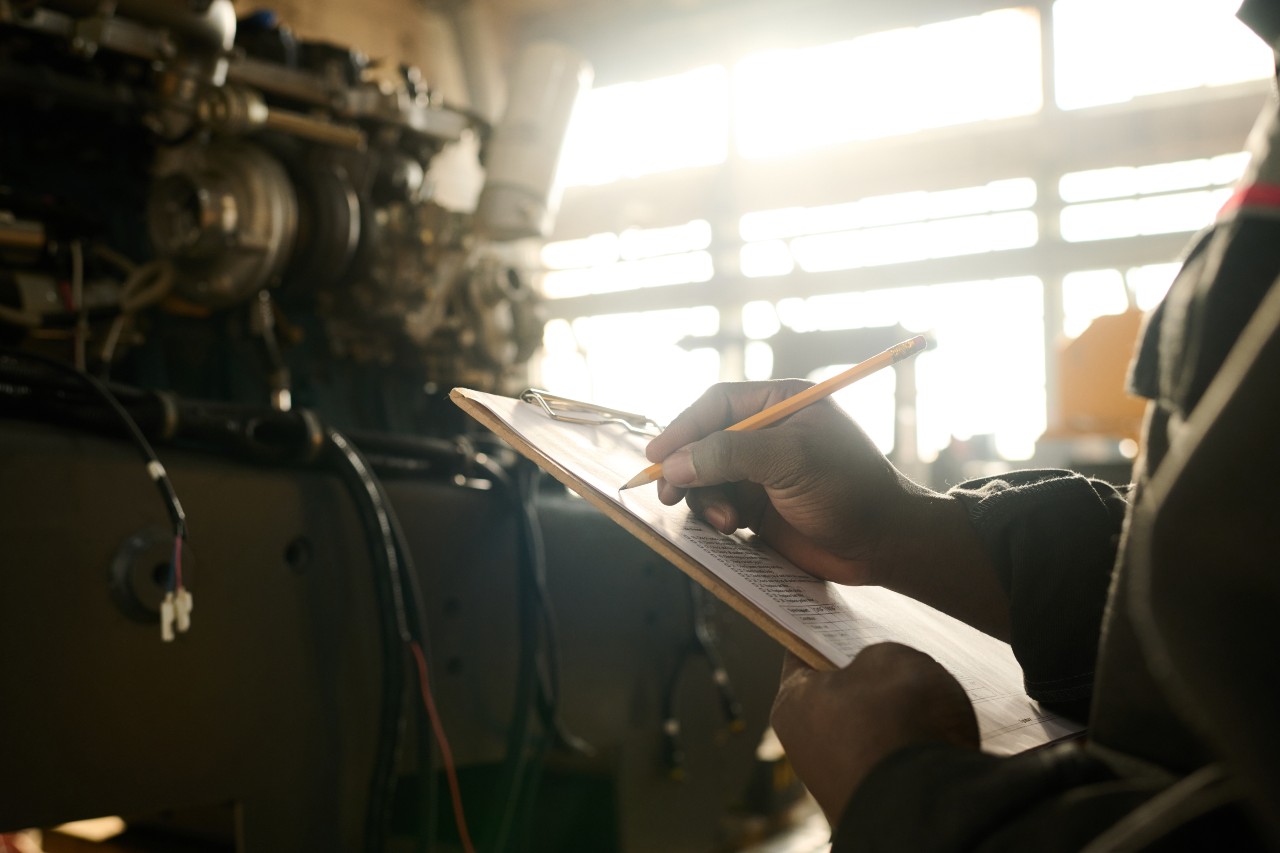Keeping people, processes, and systems aligned requires a lot of effort. Achieving this without standardization is likely impossible. That’s where an Operations and Maintenance (O&M) manual becomes essential.
An O&M manual provides a detailed, central reference that guides maintenance staff on the physical plant, equipment, and how to handle potential issues. If you aim to standardize business operations and reduce disruptions with solid procedures, this article will show you how O&M manuals can help you achieve that.
What is an O&M manual?
An Operation and Maintenance (O&M) manual is a comprehensive guide that outlines the proper care and operation of a facility, equipment, or system. It serves as a valuable resource for staff, providing detailed instructions on routine maintenance, troubleshooting, and emergency procedures. By standardizing processes and documenting best practices, O&M manuals help ensure optimal performance, extend asset lifespan, and enhance overall efficiency. Whether a large industrial complex or a small business, having a well-structured O&M manual is essential for maintaining smooth operations and minimizing downtime.
When to Create Your O&M Manual?
Timing is crucial when developing an O&M manual. Ideally, it’s best to create the manual during the construction or installation phase. This allows you to include detailed information about equipment, systems, and procedures as they are being implemented. However, it’s never too late to create an O&M manual. If you’re operating a facility without one, it’s highly recommended to start building it immediately. A well-structured manual will not only improve efficiency but also enhance safety and extend the lifespan of your assets.
Types of Operation and Maintenance Manuals
Large organizations often have many O&M manuals for different areas of their operations. Common types include:
- Product setup and care guides
- Data backup and recovery plans
- Software and data management instructions
- Employee handbooks
- IT support procedures
- Manufacturer and supplier guides
- Emergency and safety procedures
- General work instructions
- Quick reference materials
What is Included in an O&M Manual?
Operation and Maintenance (O&M) manuals are essential for providing clear, step-by-step instructions to prevent confusion and errors in task execution. Without these manuals, organizations may face higher risks of accidents, lower quality control, and inefficient use of resources.
An O&M manual often includes:
- Basic building information like company details, organizational structure, and construction specifications.
- Detailed drawings, blueprints, and technical specifications for the building’s infrastructure.
- Safety guidelines for both building occupants and maintenance staff.
- Step-by-step instructions for operating building systems and equipment.
- A complete inventory of all building assets, including details like location, age, and maintenance history.
- Scheduled maintenance tasks, repair procedures, and testing requirements.
- Emergency response plans outlining procedures and contact information.
- Relevant information from equipment manufacturers.
- Warranty and certification documents.
- Guidelines for equipment removal or disposal when necessary.
How to Create an O&M Manual
-
Select the Right Platform
To streamline the management of data and documents for creating effective O&M manuals and running a high-quality maintenance program, use a cloud-based platform like a computerized maintenance management system (CMMS). NEXGEN offers tools for facilities management and detailed reporting, making it a valuable asset for maintenance professionals today.
-
Gather Information
Collect all relevant information about the assets, including technical specifications, operating procedures, maintenance schedules, spare parts lists, and safety guidelines. Conduct interviews with operators and maintenance personnel to gain insights into their experiences and requirements.
-
Develop a Structure
Create a logical structure for the O&M manual, considering the needs of the target audience. A typical structure includes an introduction, equipment descriptions, operating procedures, maintenance procedures, troubleshooting guides, safety information, and appendices.
-
Write Clear and Concise Content
While writing your content you must use clear and simple language, avoiding technical jargon whenever possible. Include detailed step-by-step instructions, accompanied by diagrams, illustrations, and photographs where necessary. Ensure the content is accurate, up-to-date, and easy to understand.
-
Incorporate Visual Aids
Visual aids like diagrams, flowcharts, and pictures can significantly enhance the understanding of complex information. Use them to complement the written content and make the manual more user-friendly.
-
Review and Feedback
Involve your stakeholders in the review process to gather feedback and ensure the manual meets their needs. Make necessary revisions based on the feedback received.
-
Distribute and Implement
Once finalized, distribute the O&M manual to all relevant personnel. Provide training on how to use the manual effectively. Establish a system for regularly updating and revising the manual as needed.
By following these steps, you can create an O&M manual that serves as a valuable resource for your organization, improving efficiency, reducing downtime, and ensuring the longevity of your assets.
Create Your Operation and Maintenance Manual with NEXGEN
To ensure clear and consistent operations, organizations should create detailed O&M manuals. These manuals should be based on input from main departments like product development, testing, operations, maintenance, and customer service, and should consider feedback from all involved parties. Additionally, using digital tools can help keep these manuals up-to-date with changes in facilities and equipment.
Ready to develop your O&M manual? Discover how NEXGEN can help.





